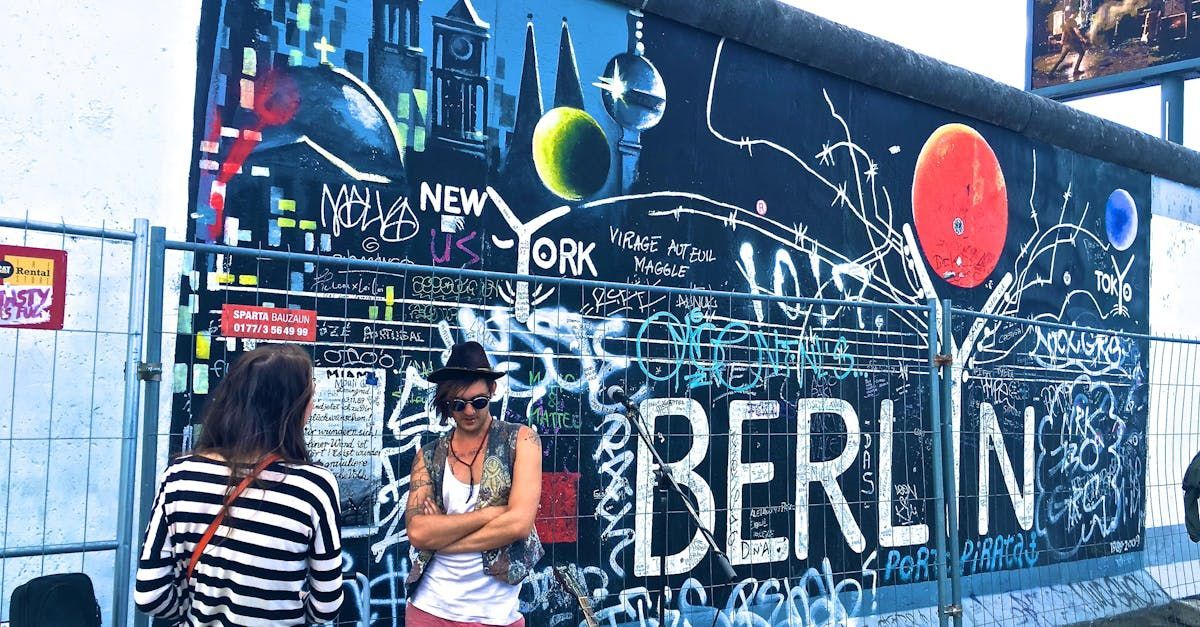Increasing Revenue with OOH Ads in the Post-Pandemic Era
The COVID-19 pandemic significantly impacted the advertising industry, causing businesses to reassess their marketing strategies and adapt to new consumer behaviors. As we navigate the post-pandemic era, one of the advertising mediums experiencing a resurgence is Out-of-Home (OOH) advertising. This article explores how OOH ads can increase revenue and why they are vital to a successful marketing strategy in the post-pandemic landscape.
The Resurgence of OOH Advertising
Before the pandemic, OOH advertising was a powerful tool for reaching consumers in various settings, from billboards to transit stations. However, the COVID-19 pandemic temporarily disrupted the industry, leading to decreased foot traffic and a shift toward digital marketing. As we emerge from the pandemic, OOH media is reclaiming its position as one of the fastest-growing segments in the advertising industry.
Survey respondents in the advertising sector have reported a renewed interest in OOH advertising, noting that OOH revenue is quickly approaching pre-pandemic levels. Media owners are leveraging new technologies, such as digital out-of-home (DOOH) advertising and augmented reality (AR), to enhance their offerings and capture consumers' attention.
Targeting Specific Audiences with OOH Advertising
One of OOH advertising's strengths is its ability to effectively target specific demographics. By strategically placing ads in locations frequented by the target audience, brands can increase their reach and engagement. This precision targeting is particularly important in a post-pandemic world, where consumer behaviors and preferences have shifted.
The Advertising Association of America highlights the importance of understanding consumer movements and preferences to optimize OOH campaigns. By analyzing data from mobile devices and social media, advertisers can gain valuable insights into where and when to place their ads, ensuring maximum impact and return on investment.
The Role of Digital Formats and Augmented Reality
Digital formats and augmented reality are transforming the OOH industry, offering new ways to engage consumers and drive revenue. Digital out-of-home (DOOH) advertising allows for dynamic, real-time content updates, enabling brands to deliver relevant messages to their audiences. This flexibility is crucial in a fast-paced, post-pandemic world where consumer interests can change rapidly.
Augmented reality adds an interactive layer to OOH advertising, creating immersive experiences that capture consumer attention. Brands can use AR to create engaging campaigns encouraging interaction and driving brand loyalty. For example, QR codes integrated into OOH ads can lead consumers to AR experiences, providing additional information, entertainment, or exclusive offers.

OOH Advertising as Part of a Multi-Channel Strategy
While OOH advertising is powerful, its impact is amplified when integrated into a multi-channel marketing strategy. By combining OOH with digital and traditional media, brands can create cohesive campaigns that reach consumers at multiple touchpoints. This integrated approach enhances brand visibility and reinforces messaging, increasing the likelihood of consumer engagement and conversion.
OOH advertising complements digital marketing by providing a physical presence in consumers' lives. It can serve as a reminder of online interactions and encourage offline actions, such as visiting a store or attending an event. By bridging the gap between online and offline experiences, OOH advertising helps brands create a seamless customer journey.
Measuring the Impact of OOH Advertising
To maximize the effectiveness of OOH campaigns, it is essential to measure their impact accurately. Advances in technology have made it easier for advertisers to track the performance of OOH ads and gather data on audience engagement. Metrics such as impressions, foot traffic, and conversion rates provide valuable insights into the success of a campaign and inform future strategies.
Using AI and machine learning in data analysis enables advertisers to optimize their OOH campaigns in real time, adjusting content and targeting to improve results. By leveraging these technologies, brands can ensure that their OOH advertising investments deliver measurable returns and contribute to overall revenue growth.
The Future of OOH Advertising in the Post-Pandemic World
As the advertising industry continues to evolve in the post-pandemic era, OOH advertising is poised to play a crucial role in brand marketing strategies. Its ability to reach consumers in the physical world, combined with the enhanced capabilities of digital formats and augmented reality, makes it a powerful tool for driving revenue and brand engagement.
In conclusion, OOH advertising offers unique opportunities for brands to connect with their audiences meaningfully. By targeting specific demographics, leveraging digital formats, and integrating OOH into multi-channel strategies, brands can increase advertising revenue and achieve marketing goals in the post-pandemic era. As the OOH industry continues to innovate and adapt, it will remain a vital component of successful advertising campaigns, helping brands navigate the challenges and opportunities of the new normal.
TALK TO A PRO
We're here to bring your brand to life!
Stay Connected with BrandXR
Create Augmented Reality for Free!
Create, Publish, and Measure 3D Augmented Reality Experiences Without Having to Code.














